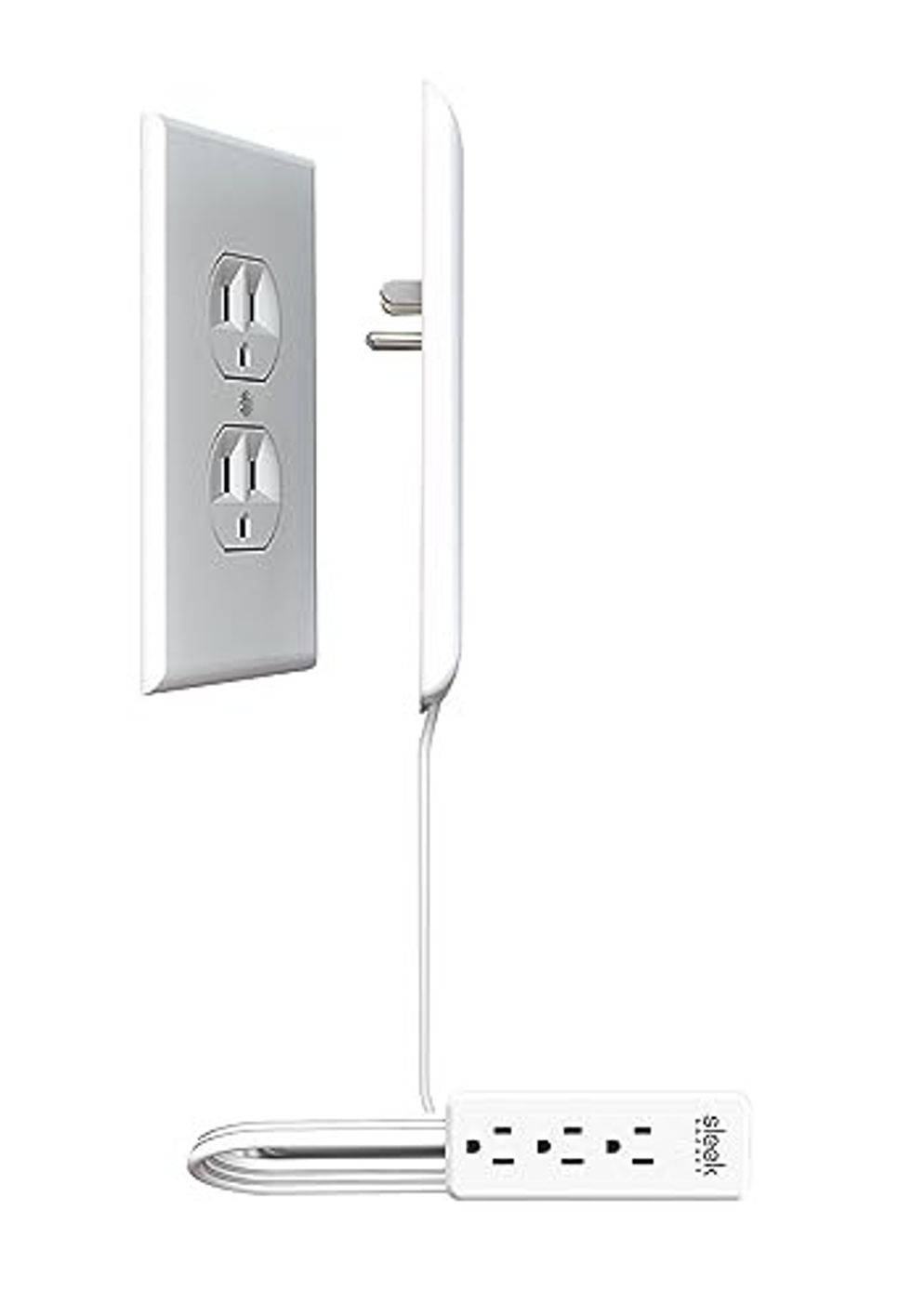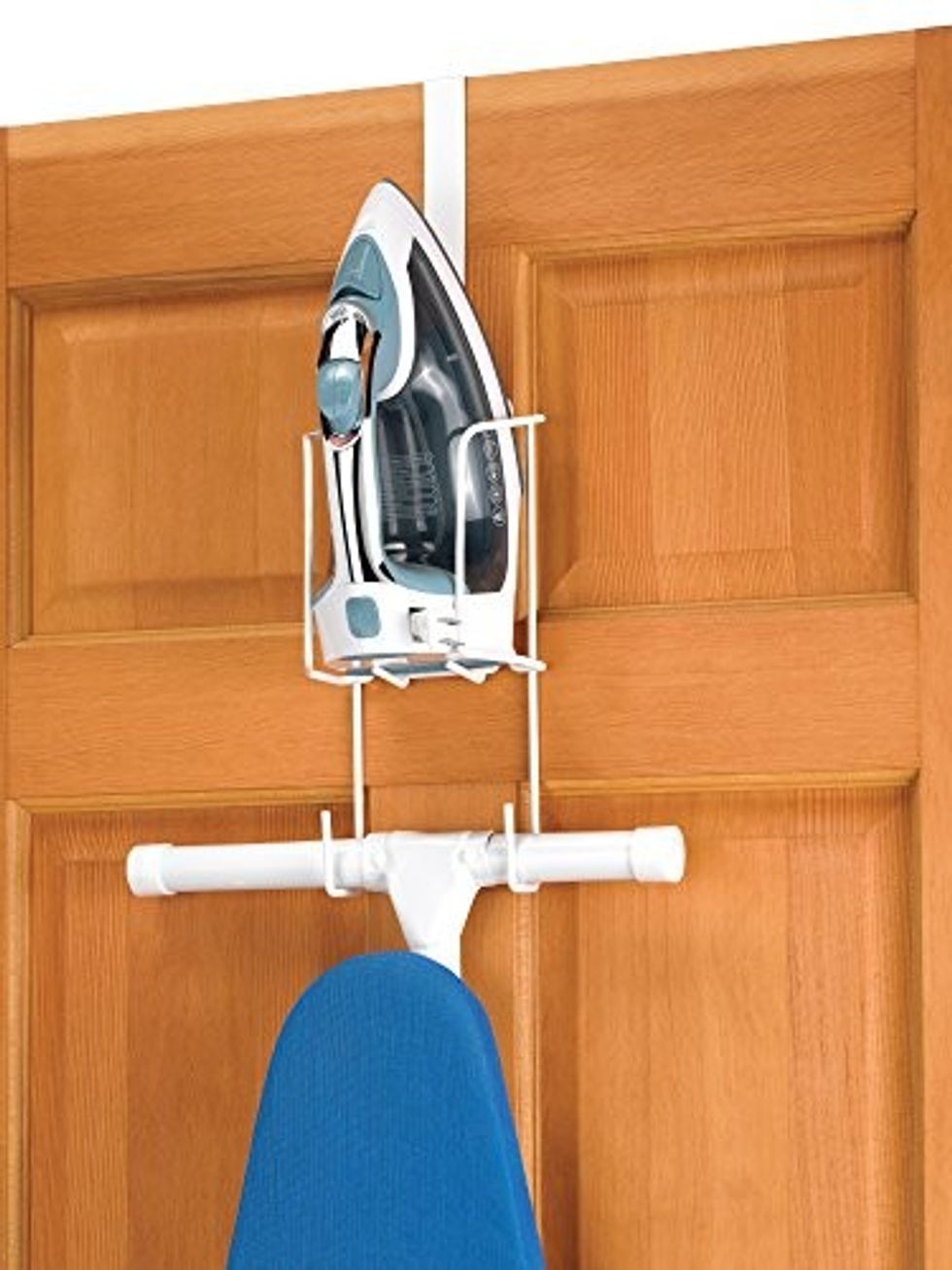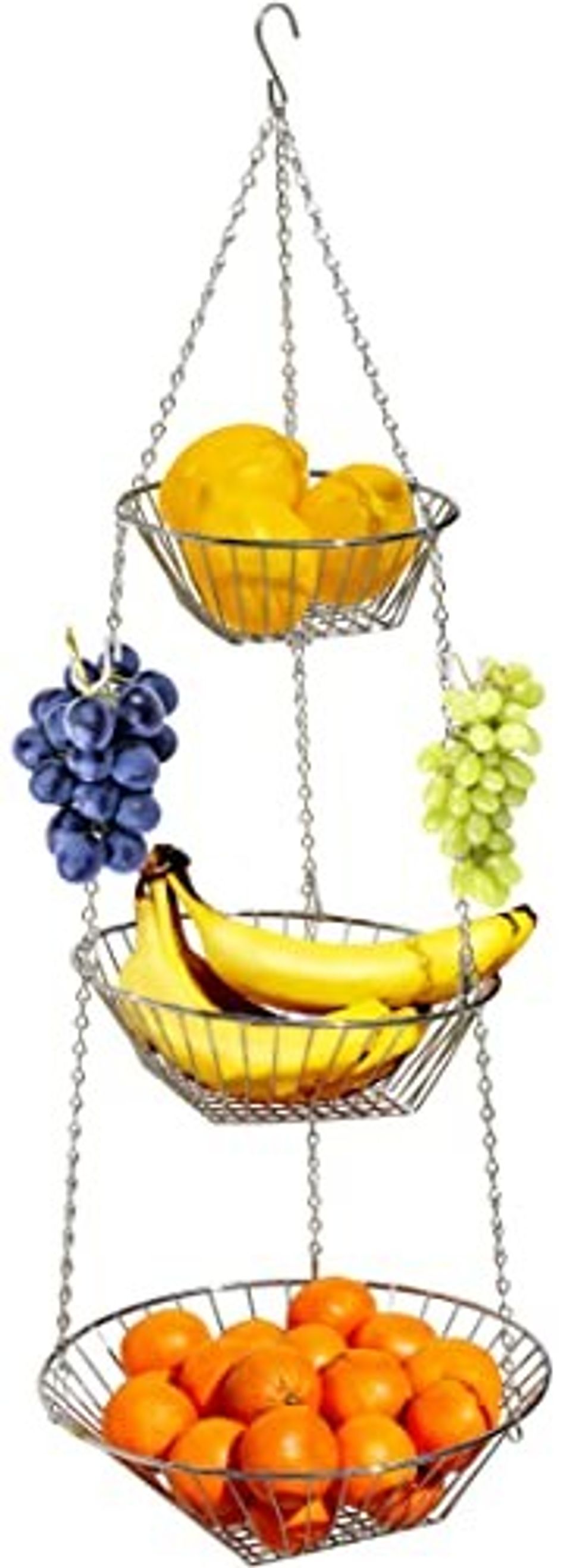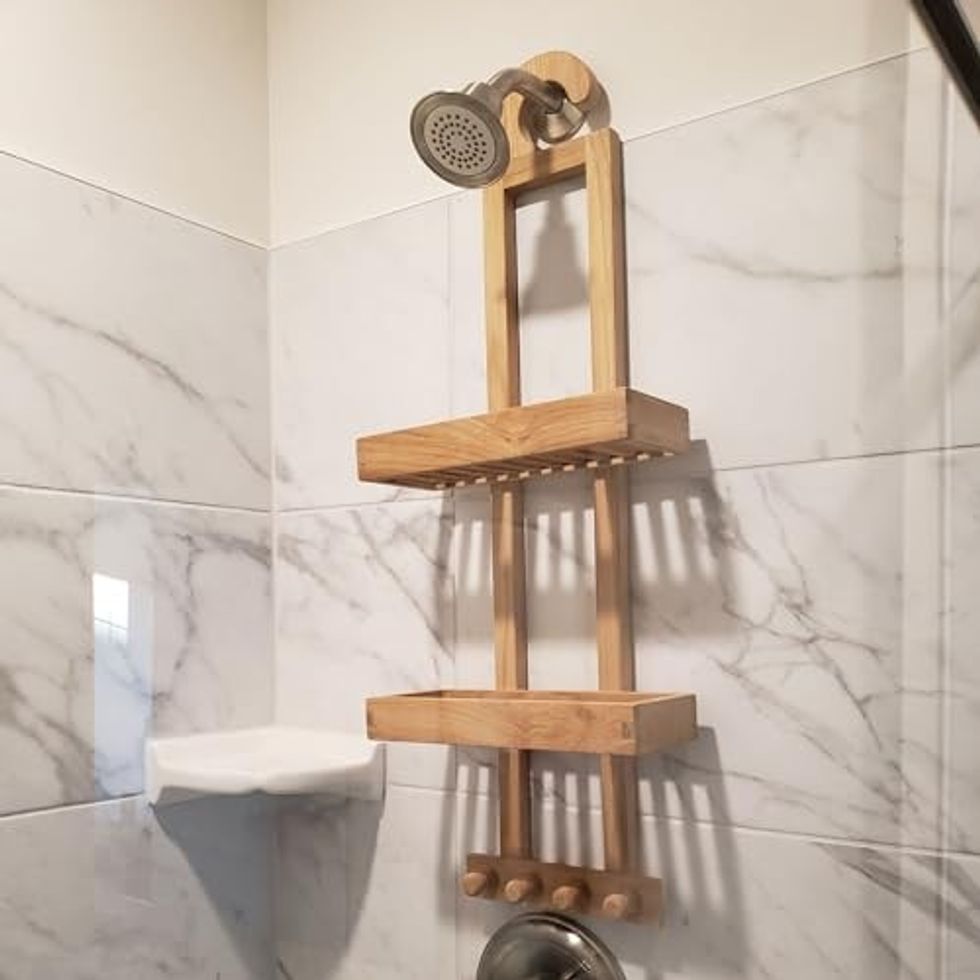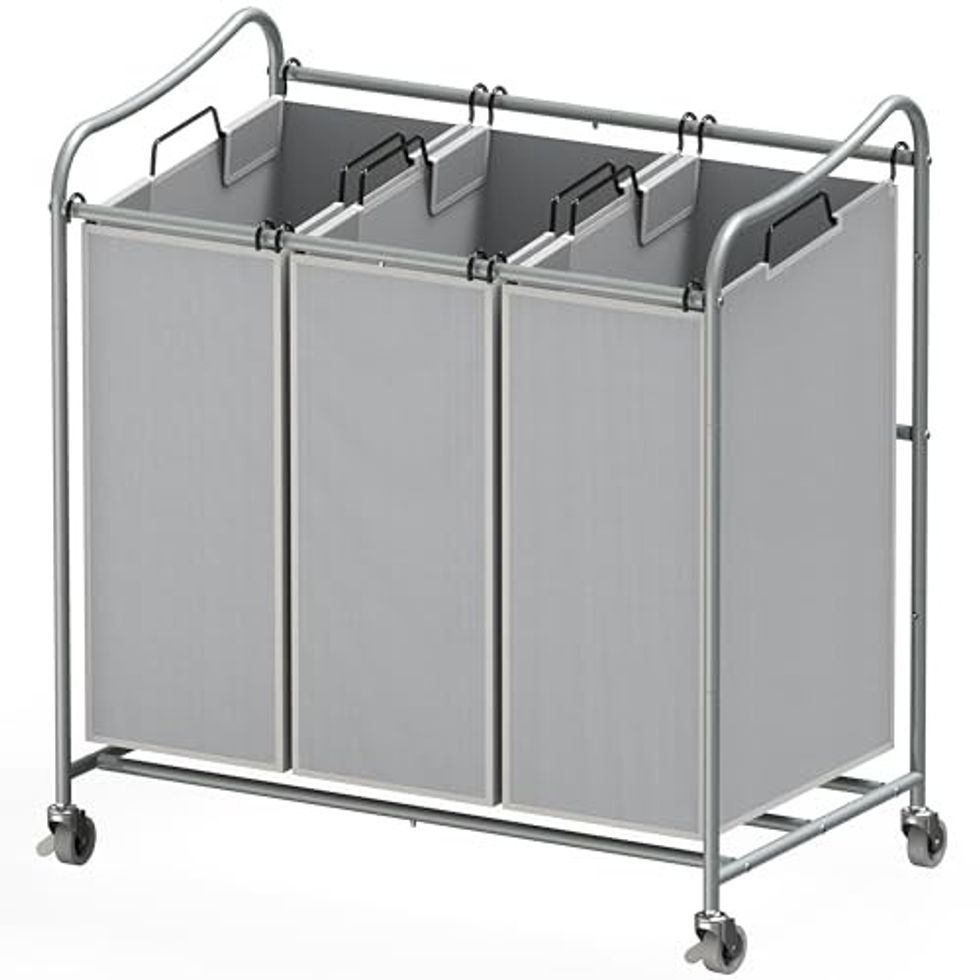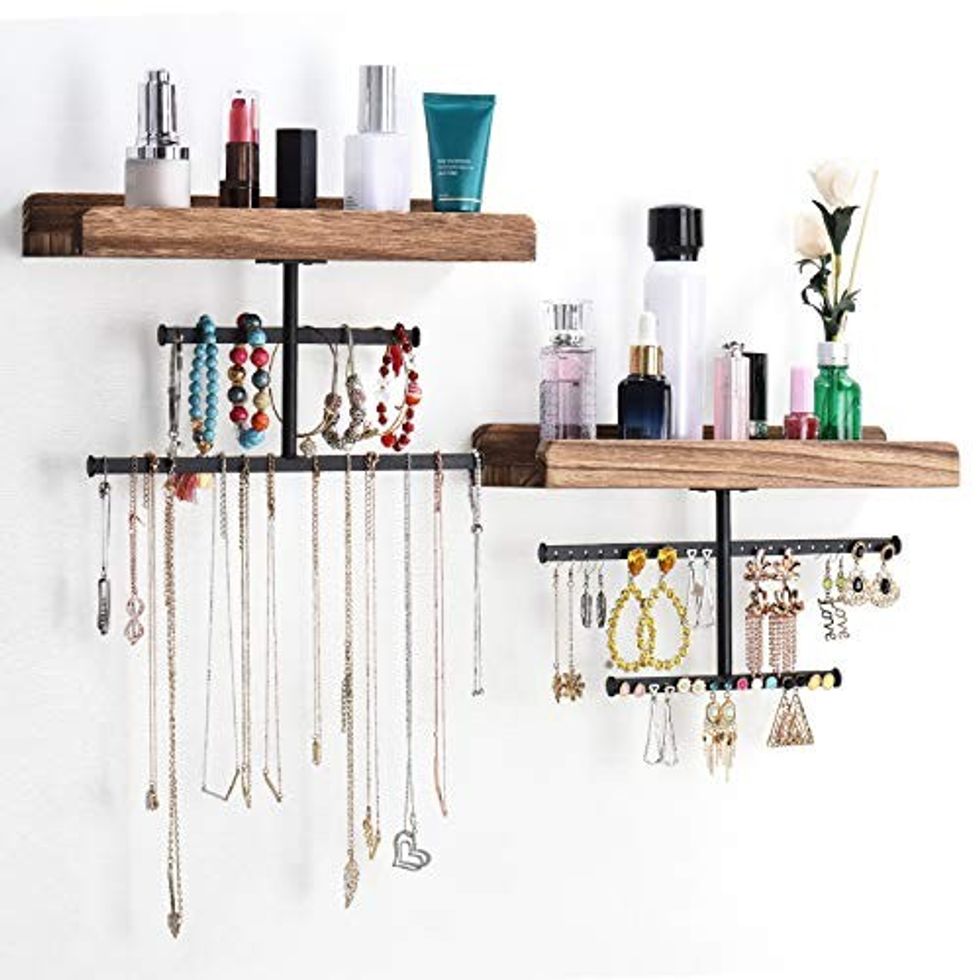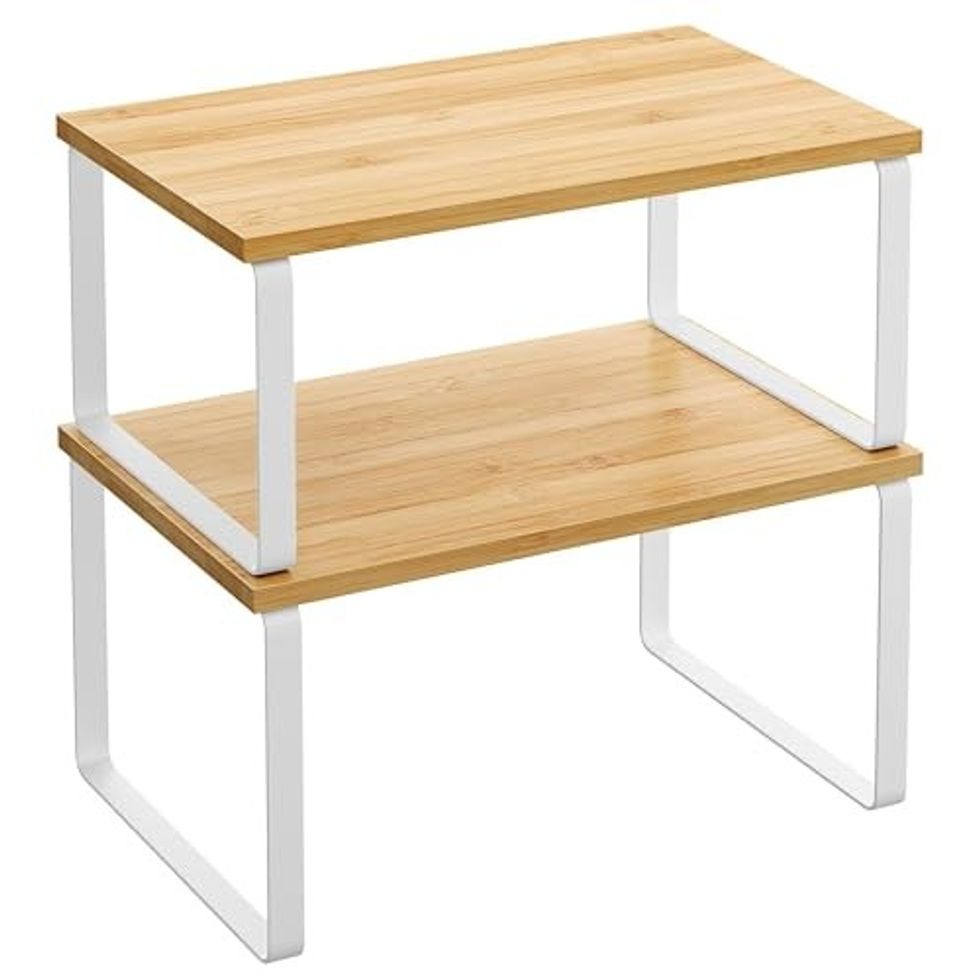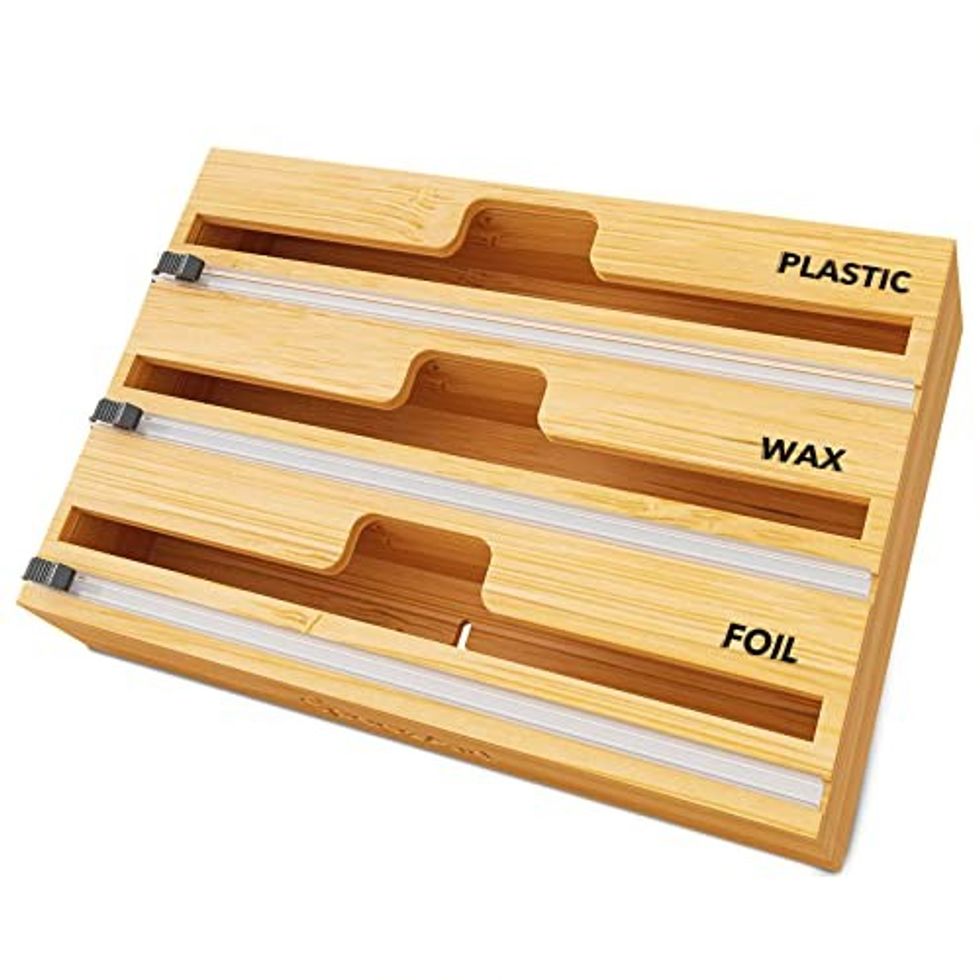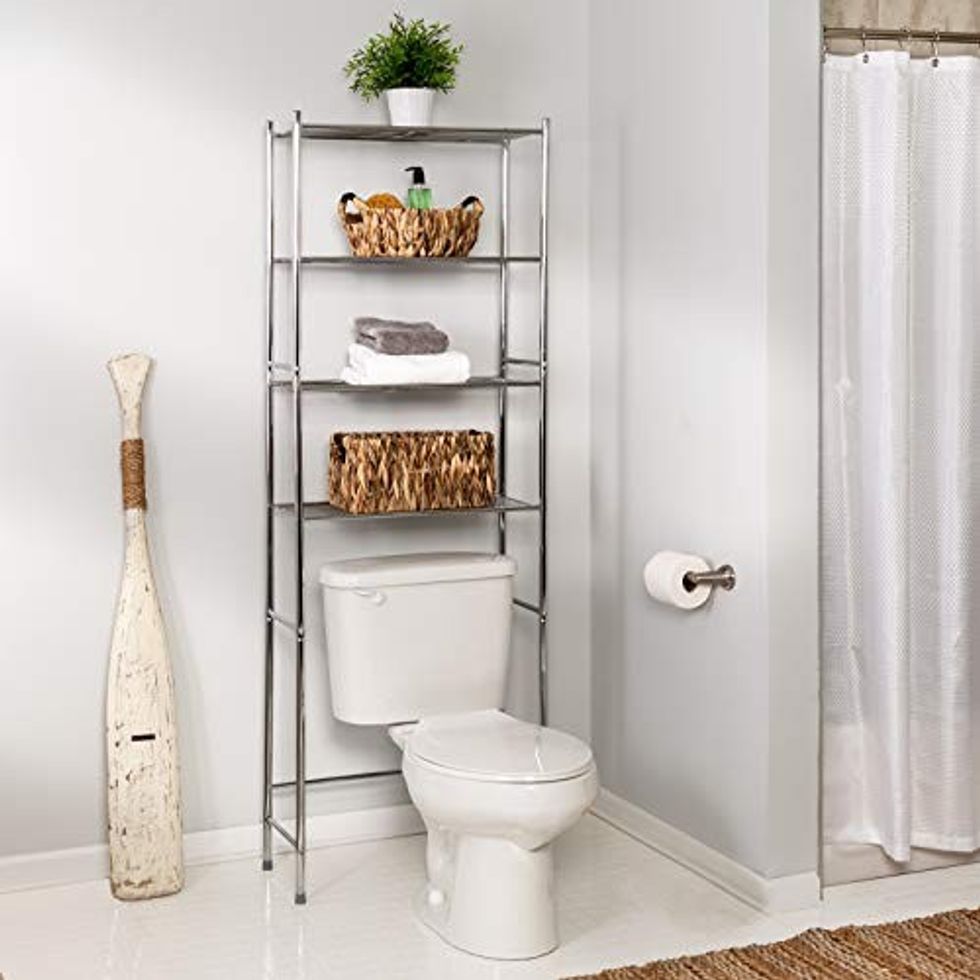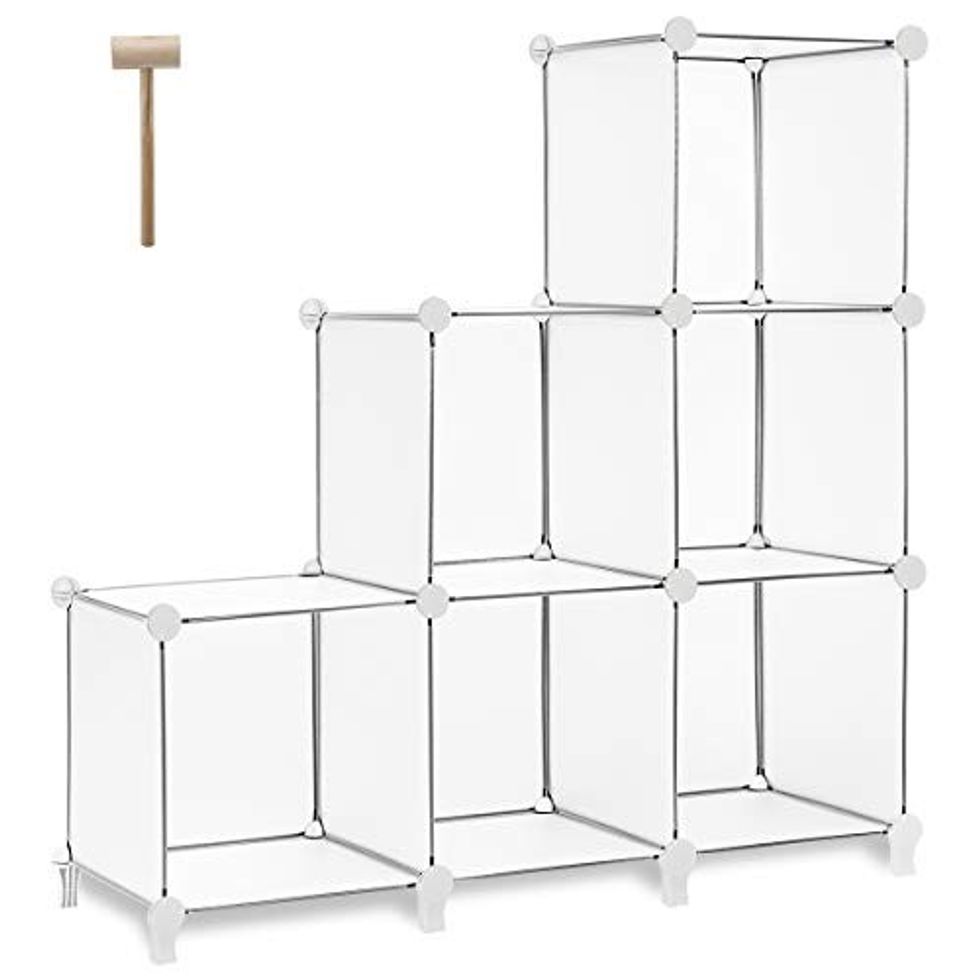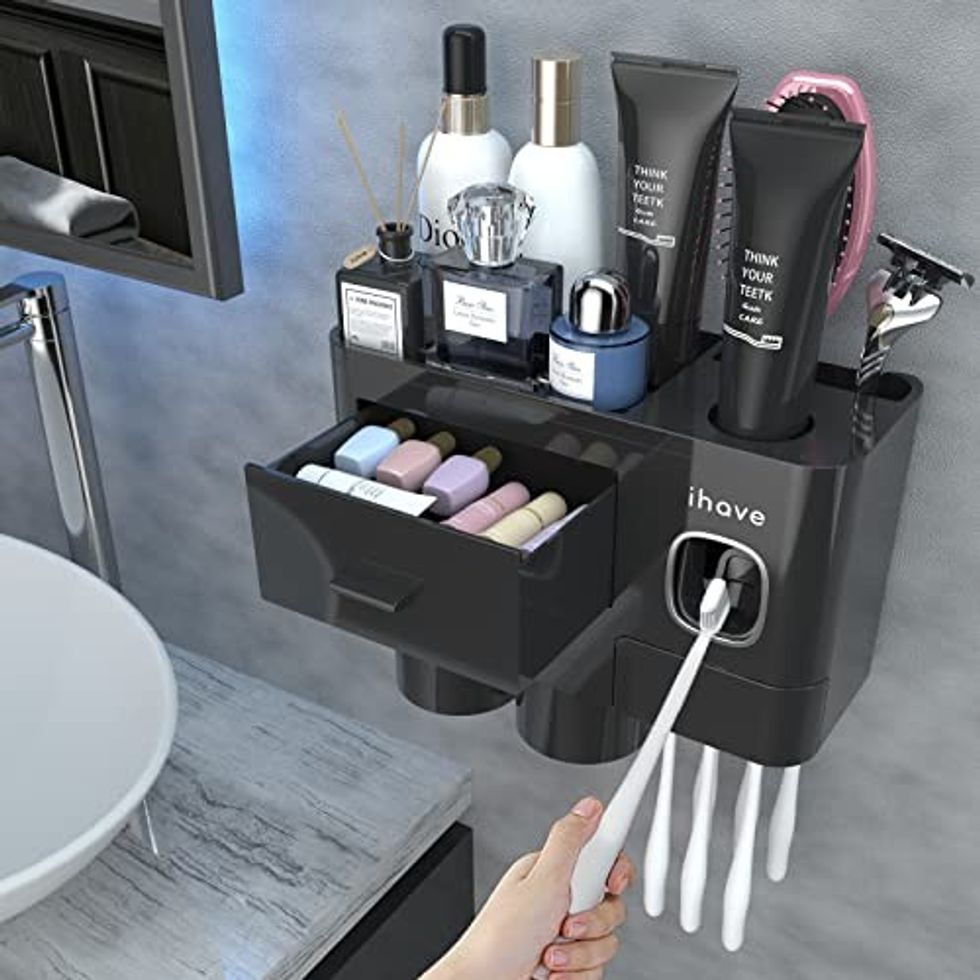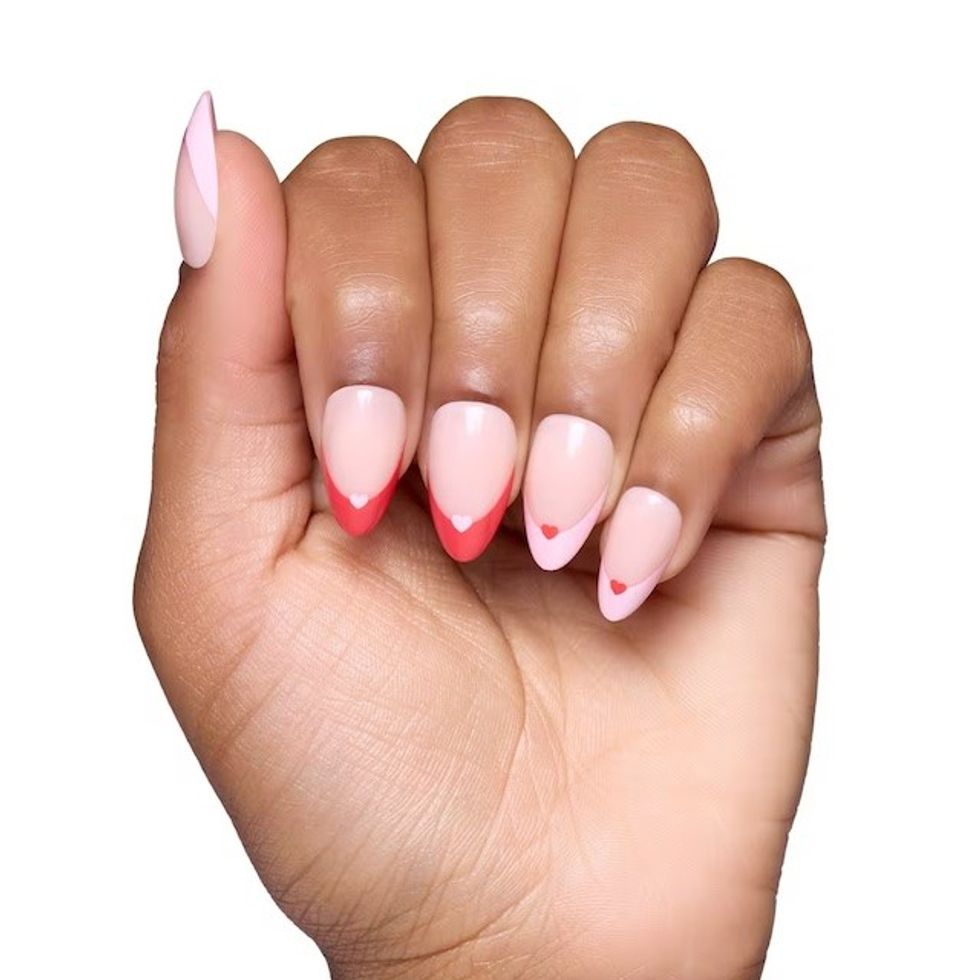“Women’s” work is on the rise, while “men’s” work is in decline.
So-Called “Men’s” Jobs Are Disappearing — Here’s What That Means for Your Career

The workforce is still very much split along gender lines: Some jobs are dominated by women (such as teaching and nursing), and others are dominated by men (like farming and manufacturing jobs). A new study shows that while jobs are still pretty split by gender, there’s an increase in demand for typically “female” jobs, while jobs usually dominated by men are in decline. This means that soon, the lines that now separate women’s work from men’s will start to blur in a really big way.
The new research comes from the job search engine Indeed’s chief economist, Jed Kolko. Kolko published the findings of his research on Indeed’s blog on Wednesday, where he put numbers to the gender division of jobs. According to Kolko’s findings, 31 percent of women work in fields that are at least 80 percent female, while 36 percent of men work in fields that are at least 80 percent male.

But all of this will have to change soon due to changes in the types of jobs that are available. Kolko writes that the male-dominated manufacturing and agricultural fields are expected to decline in the coming years, while healthcare, a field staffed mostly by women, is the fastest growing industry in the US.
One of the big issues here is that men are getting put out of work. Why don’t they take up jobs that are traditionally done by women? It comes down to the problems facing women because of the gender pay gap. Traditionally female jobs typically don’t pay as well, writes Kolko, which makes men hesitant to pursue “women’s” jobs. Hmmm, it sucks not to get paid what you deserve, huh guys?
The men who will be most impacted by these changes are those with less education. Kolko found that the less educated a man is, the more likely he is to work in a male-dominated job. The opposite is true on the women’s side: Women who are more educated tend to work in fields more dominated by women.
None of this is to say that male-dominated jobs will disappear altogether. Kolko highlighted some male-dominated jobs that are expected to grow quite a bit. Between 2014 and 2024, the demand for ambulance drivers and attendants is expected to see a 33.2 percent increase, while personal finance advisers are projected to see a 29.6 percent increase in jobs.

Meanwhile, other female-dominated jobs are seeing really sharp declines, particularly in the textile industry. According to Kolko’s data, the female-dominated jobs that are on the sharpest decline are telephone and switchboard operators, sewing machine operators, textile machine setters and operators, and typists.
As the Washington Post points out, president Trump has promised to bring back jobs in coal, farming, and steelwork, all traditionally male jobs. However, Kolko writes that it’s likely “impossible” to restore these jobs to the level they once were. “Even if manufacturing output increased, it would not provide as many or the same kinds of jobs as it did in the past thanks to automation and globalization,” Kolko writes. In other words, undocumented immigrants aren’t taking our jobs — robots and outsourcing are.
We didn’t hear back when we reached out to Kolko about what these expected changes in male-dominated jobs may mean for the workforce overall over time, and what this could mean for the gender pay gap. But given that Kolko suggests that it’s basically impossible to restore some traditionally male jobs that are in decline, men will just have to start taking jobs in fields that are currently dominated by women. This means, gals, that you can expect to see a lot more men in your workplace in the coming years.
You’re also probably wondering whether these changes will affect the gender pay gap, whereby women currently make an average 20 percent less than men. The answer is: maybe. It’s possible that traditionally female industries will pay more once men enter them; it’s also possible the current gap will narrow not because women are making more but because men will be making the same (lower) wages as women.
While the pay gap may not change in favor of higher wages for male or female workers, it seems inevitable that the shifting job market will mean fewer jobs will be dominated by one gender. And that’s probably a good thing.
What are your thoughts on the changes in male and female-dominated jobs? Tell us on Twitter @BritandCo.
(Photos via Getty + Universal + Columbia Pictures )



















































